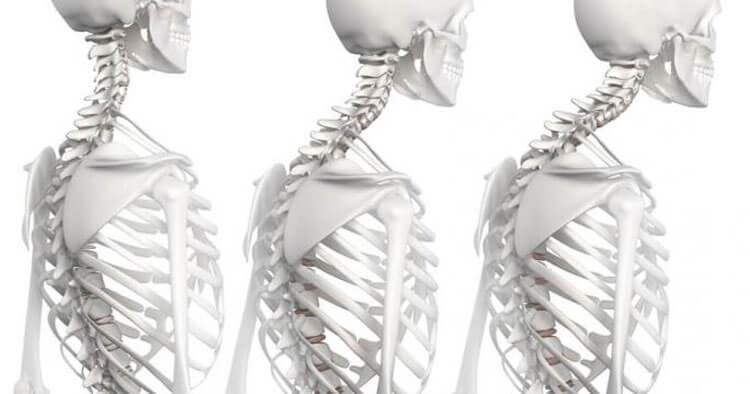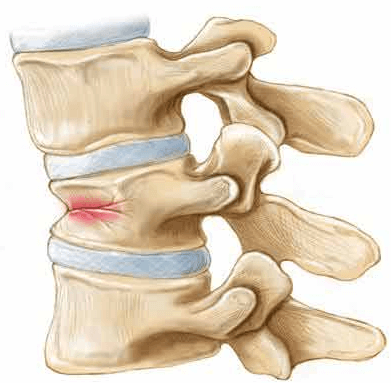Back and Joint Pain
What Causes An Exaggerated Thoracic Spine Kyphosis?
Causes Of A Kyphotic Thoracic Spine
Aside from the common postural kyphosis there are a number of other causes of kyphosis of the thoracic spine. Some of the other common causes include Scheuermann’s Disease, traumatic kyphosis and an osteoporosis-related kyphosis to name a few and each will be discussed briefly below.
Structural Kyphosis
Unlike a postural kyphosis, individuals with a structural kyphosis cannot consciously straighten their thoracic spine. Someone with a postural kyphosis can actively correct their spinal curve on cue with relative ease, however maintaining it there may be the challenge. Where muscle weakness, poor muscle endurance and ingrained postural resetting sees them drift back to their slouched posture easily given time. A structural kyphosis however is an increased curve of the mid back where the individual may notice difficulty standing upright and experience ongoing neck, back, or leg pains. Symptoms vary depending on the severity of the kyphosis but often symptoms will worsen as the day progresses as being in a hunched position takes its toll on the supporting structures. A structural kyphosis may exist as a result of a number of different conditions a few of which are discussed below.
Scheuermann’s Disease
Scheuermann’s Disease is the most common type of structural kyphosis we see in our Sydney physio practice. It is more common it males and generally diagnosed during the adolescent years. The exact cause of the condition is unknown however is believed to be related to abnormal bone growth and development during periods of rapid bone growth such as in adolescence. Part of the diagnosis criteria includes the thoracic spine having a kyphosis measuring more than 40°, with wedging of three or more vertebrae in a row. An X-ray that can be prescribed by your physiotherapist is useful in assisting a diagnosis of Scheuermann’s Disease.
Osteoporotic And Traumatic Kyphosis Of The Thoracic Spine
An increased kyphotic thoracic spine can result from any condition that causes a decreased height of the anterior (front) part of the spinal vertebra. Compression fractures due to trauma, or osteoporosis can cause a decrease in the anterior vertebral body height and subsequently an increase in the normal mid back kyphosis.
Osteoporotic fractures causing an increased kyphosis is relatively common in post menopausal females. Osteoporosis can weaken the vertebral bodies of the spine and the fractures frequently result in a wedge shaped vertebrae where the front of the vertebral body collapses. Meaning the vertebra loses its height at the front, while the height at the back of the vertebra is maintained. This causes that segment to appeared “tipped” forward as the image above depicts, ultimately increasing the kyphosis the more levels involved, or the more significant the individual wedging the great the postural change. Traumatic fractures to the thoracic spine where there is a compression fracture of the vertebral body may cause an increased thoracic kyphosis in a similar way to osteoporotic fractures. Where either a single, or multi level wedge fractures occur in the thoracic vertebrae this time as a result of an accident such as a fall when the individual lands on their bottom or feet from a significant height and the forces compress the vertebrae causing the fractures.
Degenerative Kyphosis Of The Thoracic Spine
A degenerative kyphosis may be related to age and activity related wear and tear on the spine over many years can cause degeneration of the intervertebral discs, degenerative disc disease and degenerative arthritis, causing an increased thoracic kyphosis in some individuals.
Disclaimer: Sydney Physio Clinic provides this information as an educational service and is not intended to serve as medical advice. Anyone seeking specific advice or assistance on What Causes An Exaggerated Thoracic Spine Kyphosis? should consult his or her physiotherapist, general practitioner or otherwise appropriately skilled practitioner.



